Themistoklis Botsas
Rule-based Evolutionary Bayesian Learning
Feb 28, 2022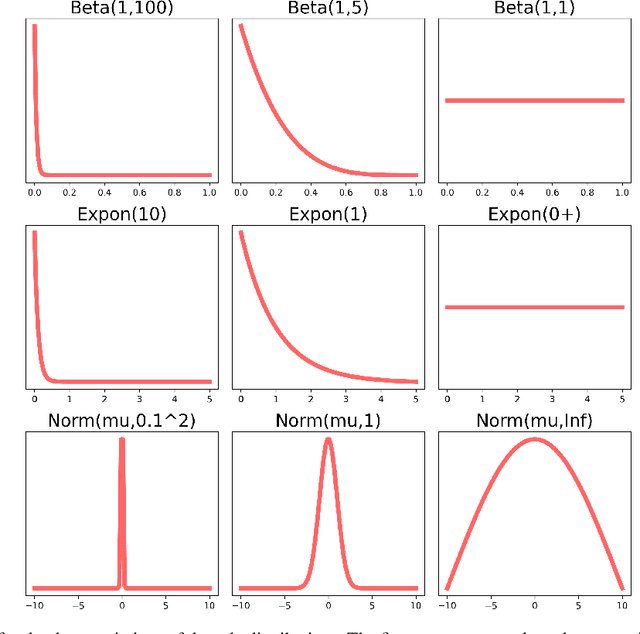
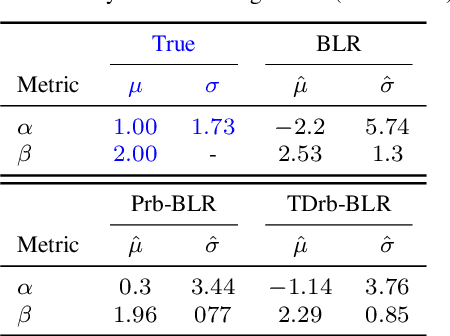
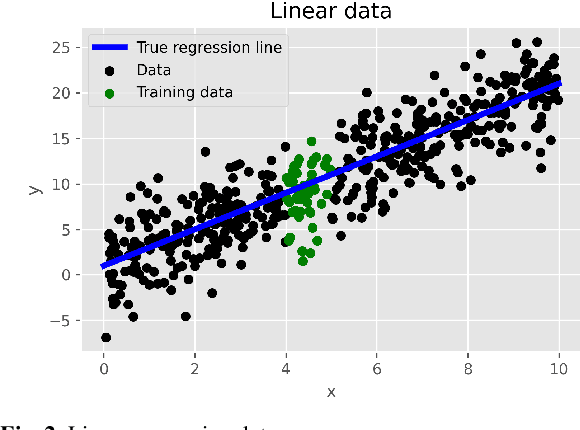
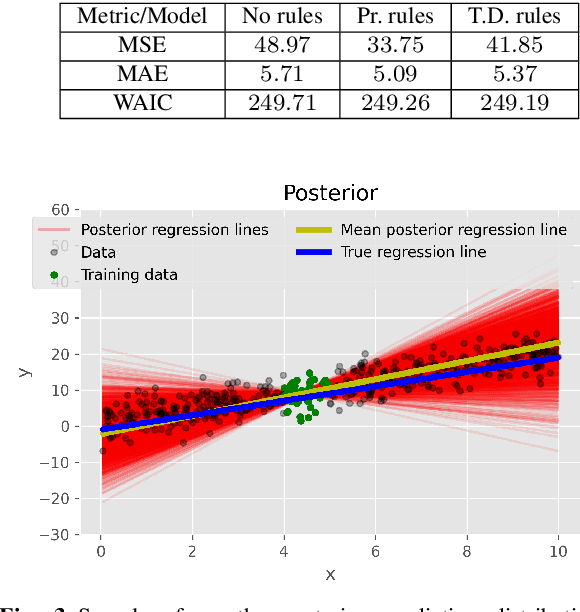
Abstract:In our previous work, we introduced the rule-based Bayesian Regression, a methodology that leverages two concepts: (i) Bayesian inference, for the general framework and uncertainty quantification and (ii) rule-based systems for the incorporation of expert knowledge and intuition. The resulting method creates a penalty equivalent to a common Bayesian prior, but it also includes information that typically would not be available within a standard Bayesian context. In this work, we extend the aforementioned methodology with grammatical evolution, a symbolic genetic programming technique that we utilise for automating the rules' derivation. Our motivation is that grammatical evolution can potentially detect patterns from the data with valuable information, equivalent to that of expert knowledge. We illustrate the use of the rule-based Evolutionary Bayesian learning technique by applying it to synthetic as well as real data, and examine the results in terms of point predictions and associated uncertainty.
Rule-based Bayesian regression
Aug 02, 2020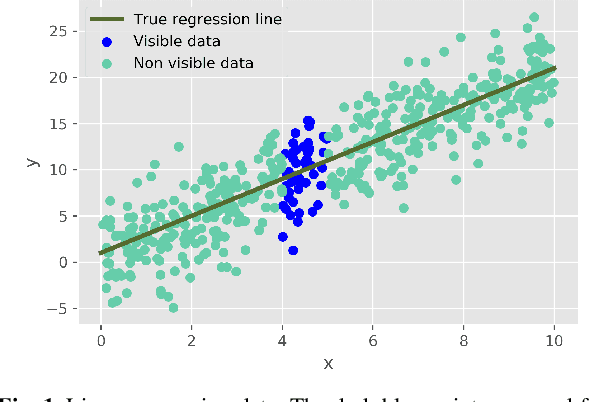

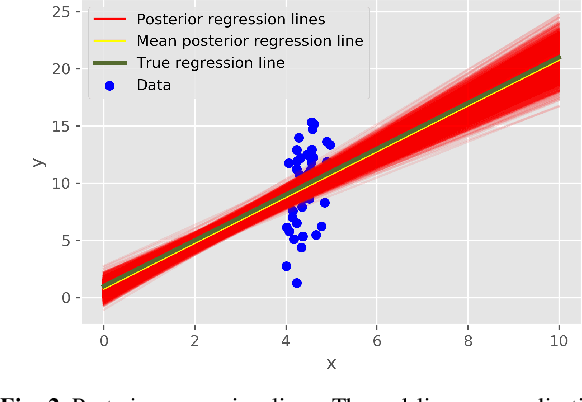
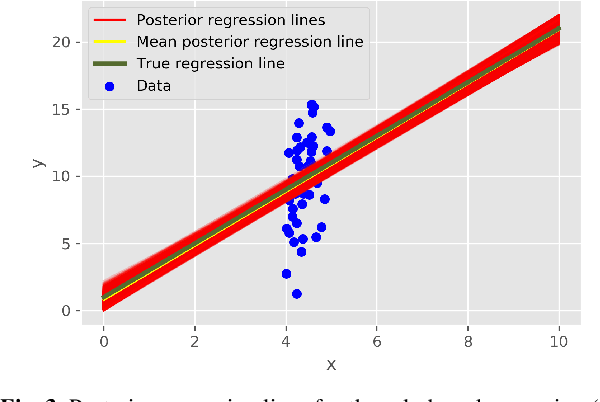
Abstract:We introduce a novel rule-based approach for handling regression problems. The new methodology carries elements from two frameworks: (i) it provides information about the uncertainty of the parameters of interest using Bayesian inference, and (ii) it allows the incorporation of expert knowledge through rule-based systems. The blending of those two different frameworks can be particularly beneficial for various domains (e.g. engineering), where, even though the significance of uncertainty quantification motivates a Bayesian approach, there is no simple way to incorporate researcher intuition into the model. We validate our models by applying them to synthetic applications: a simple linear regression problem and two more complex structures based on partial differential equations. Finally, we review the advantages of our methodology, which include the simplicity of the implementation, the uncertainty reduction due to the added information and, in some occasions, the derivation of better point predictions, and we address limitations, mainly from the computational complexity perspective, such as the difficulty in choosing an appropriate algorithm and the added computational burden.
Latent-space time evolution of non-intrusive reduced-order models using Gaussian process emulation
Jul 23, 2020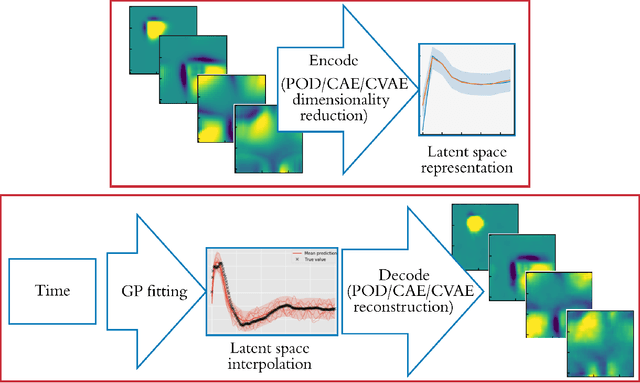
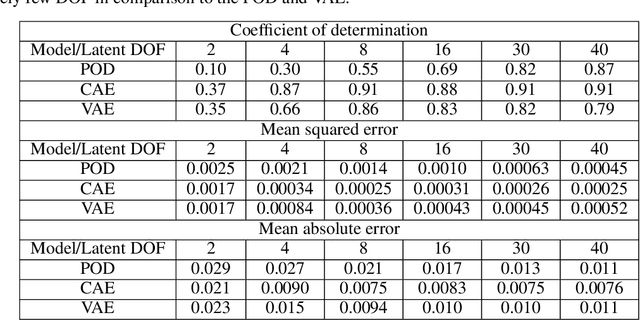
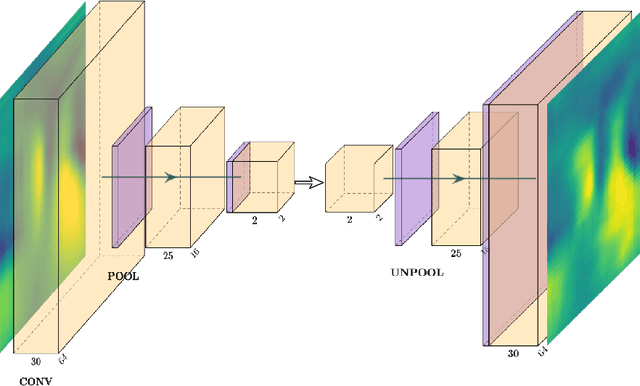
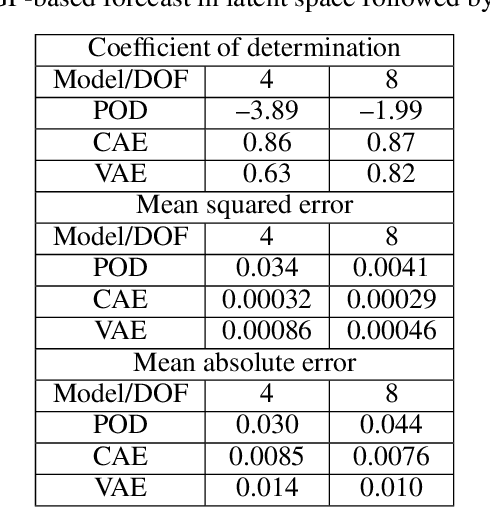
Abstract:Non-intrusive reduced-order models (ROMs) have recently generated considerable interest for constructing computationally efficient counterparts of nonlinear dynamical systems emerging from various domain sciences. They provide a low-dimensional emulation framework for systems that may be intrinsically high-dimensional. This is accomplished by utilizing a construction algorithm that is purely data-driven. It is no surprise, therefore, that the algorithmic advances of machine learning have led to non-intrusive ROMs with greater accuracy and computational gains. However, in bypassing the utilization of an equation-based evolution, it is often seen that the interpretability of the ROM framework suffers. This becomes more problematic when black-box deep learning methods are used which are notorious for lacking robustness outside the physical regime of the observed data. In this article, we propose the use of a novel latent space interpolation algorithm based on Gaussian process regression. Notably, this reduced-order evolution of the system is parameterized by control parameters to allow for interpolation in space. The use of this procedure also allows for a continuous interpretation of time which allows for temporal interpolation. The latter aspect provides information, with quantified uncertainty, about full-state evolution at a finer resolution than that utilized for training the ROMs. We assess the viability of this algorithm for an advection-dominated system given by the inviscid shallow water equations.
 Add to Chrome
Add to Chrome Add to Firefox
Add to Firefox Add to Edge
Add to Edge